Gun violence on, near college campuses
University of Minnesota students express concern over gun violence experiences near campus.
Image by Maia Irvin
Some University students have experienced recent situations of gun violence in areas directly off campus, including Dinkytown.
Morgan Smith was a junior at the University of Minnesota when she went out to the Dinkytown bar Blarney Pub and Grill, just two blocks from campus, on what was supposed to be a fun night out.
It was about 1 a.m. on Nov. 13, 2021, when she was washing her hands in the basement bathroom in front of a crowd of girls waiting in line for their turn. She looked up at herself in the dingy mirror when two muffled pops suddenly sounded from the upstairs level; everyone in the bathroom began to panic.
“‘Turn the music off, everybody get down!’” she recalled hearing the DJ shout. “And everybody was on the ground.”
She and her friends asked a person at the bar what was going on. He told her somebody was getting kicked out because they pulled a gun on an employee.
Reports of shots fired in Minneapolis’ Marcy Holmes neighborhood hit a high in 2021; police responded to 91 reports of shots fired in the neighborhood.
In the past two years, many University students in the neighborhoods surrounding campus have experienced gun violence firsthand, whether that be at campus bars, walking home or looking out their windows.
“We hear about this stuff all the time, but it wouldn’t happen here,” Smith said she used to think to herself.
‘Holy s***, I almost got shot.’
In the summer of 2021, Josh Klavins, a University student going into his junior year, was walking a friend home from Blarney around 3 a.m.
They were outside the Uncommon apartment building on 4th Street SE talking for a few minutes until they suddenly heard shots fired from a suppressed gun, a gun intended to be quieter than a normal gun.
Because he was caught up in a conversation with his friend, he didn’t recognize what the sound was until he felt something fly past his leg; he turned around to see a car speeding away from them. Just one more turn and he found the window of the Uncommon was completely shattered behind him with one bullet hole in the center of it.
“‘Holy s***,’” he remembered thinking. “‘I almost just got shot.’”
He walked home in shock and told his roommates about the incident. He went to bed hardly believing it really happened.
Klavins said following the incident, he ensured he was always walking home in a group and did not stay out as late in Dinkytown.
Klavins said even now, he feels less safe on campus.
“It’s kind of sad,” he said.
National gun violence issues
While University students detailed experiences of gun violence occurring in neighborhoods just off of campus, college campus shootings are not nonexistent. Although college campus shootings are less common and there is less data available compared to K-12 shootings, the most recent incident took place on the Michigan State University (MSU) campus on Feb, 13.
A gunman opened fire in two different buildings on MSU’s campus, killing three students and critically injuring five others. Students, staff and faculty sheltered in place while police searched for the suspect, who later died of a self-inflicted gunshot wound.
This is not the only recent shooting on a college campus. On Nov. 13, 2022, another shooting happened at the University of Virginia; three students died and two others were wounded.
A trend over the past 15 years has enabled people in the U.S. to carry guns on campuses in 40 states, Northeastern University professor James Alan Fox, who maintains the longest-running data source on mass killings, said in an interview with Northeastern News.
Students for Concealed Carry, a grassroots organization formed after the Virginia Tech shooting in 2007 that left 33 people dead, lobbied for an increase from one to 20 states that permitted guns on all campuses. An additional 20 states allow colleges to decide whether to permit guns on campus and 10 ban carrying guns on their campuses.
University Board of Regents policy on possession and carrying of weapons prohibits anyone outside of law enforcement or military personnel from carrying a weapon while on University property.
The definition of “mass shooting” is controversial, leading to different opinions on what the threshold is for how many fatalities need to occur, said University of Minnesota journalism professor Ruth DeFoster, who studies gun violence and mass shootings in correlation to mental health. However, she defines a mass shooting as a shooting that leads to three or more deaths, not including the shooter.
In 2022, there were 647 mass shootings in the U.S., according to Gun Violence Archive, a non-profit that tracks gun violence incidents. According to the archive, there have been more than 80 mass shootings since the beginning of 2023.
The Centers for Disease Control and Prevention (CDC) found in 2020 more Americans died from gun-related injuries than in any other year.
“The U.S. has more than one gun for every man, woman and child on the planet in the country, and that’s the highest per capita rate of gun ownership in any country,” DeFoster said.
When other countries like Australia put gun control policy in place, it proved to be extremely effective in preventing shootings, according to DeFoster. Mass shootings in Australia have significantly decreased since the 1996 National Firearms Agreement law was put in place.
According to DeFoster, because the U.S. has not passed similar gun legislation, the number of mass shootings is rising. She said gun legislation “is the only variable that sets us apart from other countries” in the number of shootings per year.
However, it has been difficult for government organizations such as the CDC to study gun violence due to a Republican effort to decrease their funding, DeFoster said.
“The thing that’s just so frustrating is we have the answer. It’s not rocket science. There are too many guns,” DeFoster said. “The data are very, very clear that when you introduce more guns into any space, whether that’s your home, your workplace, your school…the rates of gun violence commensurately go right up alongside it.”
‘I feel like I’ve told this story so much it’s just like ingrained.’
University senior Jack Menzies said during his sophomore year, he lived in the 4th Street Co-op apartments in Dinkytown above Frank and Andrea’s pizza with three of his close friends.
They had their windows cracked open for some fresh air around 11 p.m. one night when they heard the sound of a gunshot. As they made their way toward the window, they heard a multitude of additional gunshots (six more if he had to guess).
That is when they ran the remainder of the distance to the window. They saw two men running away from each other right outside the patio gates of the Kollege Klub just across the street.
One of the men was wobbling down the street and screaming for help.
Menzies said from their fifth-floor apartment, they could see the other man’s blood start to “pool out of his leg” while he was sitting against a wall outside of the Kollege Klub.
The man who was still running down the street was making his way toward the Marshall apartment complex and kept falling down every few strides, until after one fall when he did not get back up.
The man who was sitting down initially was taken into an ambulance by paramedics as Menzies and his roommates saw a white sheet pulled over the other man’s body after a failed attempt at CPR.
“I walked just about every day where that guy ended up dying,” Menzies said.
Tyler Rife, who is also a senior at the University, said he heard many gunshots from his window during his sophomore year when he lived at the Marshall in Dinkytown.
Rife said he saw the same man lying on the ground after being shot. Since he said it was common for him to witness shootings in the area, he does not recall many details about that night or any other shots he heard or saw fired.
“I’ve seen like three other shootings as well, just in that one year I lived there,” he said. “It just seems pretty violent.”
How students feel about their safety: ‘In general, it’s kind of sad’
DeFoster said it is highly unlikely for a shooting to happen on a college campus; however, she has heard a lot of chatter among University students and local Twin Cities residents who don’t feel safe and feel they need to buy a gun to protect themselves.
“That is the worst possible thing you can do…There’s only been one mass shooting that I’m aware of ever in the U.S. that’s been stopped by a civilian with a gun out of thousands.” DeFoster said.
Most students said to an extent they have been wary of going out in Dinkytown at night after witnessing or hearing about incidents; however, they do not think much of it after a year or more passes.
Menzies said his perspective of going out in Minneapolis has shifted, and he now takes warnings from others that the city can be dangerous into consideration more than he used to.
“It’s something you do have to think about here, and that kind of sucks,” he said. “In general, it’s just kind of sad that it has to be like that here.”
He said he is envious of his friends who live on other campuses such as the University of Wisconsin-Madison, where they have not had the same experiences of worrying about going out. Menzies said he feels the dangers are most present at night, so he has never felt unsafe on his walks to campus during the day.
Some students said they felt less safe on campus in general and are concerned shooting incidents could happen on campus.
Smith said in terms of campus safety, she does worry about how shooting incidents have happened so close to campus because “they could just walk across the street and be on campus.”
Smith said she now avoids going to Blarney and is more aware of her surroundings out of fear for her safety. However, she said her experience has not impacted her decisions to stay out late in Dinkytown in general.
Menzies said although he does feel more unsafe on campus knowing it is a possibility that violent crime can happen anywhere, he does not necessarily think about his safety as often as he believes he should.
Since his friends have similar stories about their encounters with shootings in Dinkytown, he said he is not as worried about his safety when going out in a group since it has become a normalized experience for him and his friends.
Rife said his parents worry about his safety on and off campus more than he does.
“I know my parents read the news, and they’ve been pretty livid with the University of Minnesota’s campus safety,” he said.
Rife said he believes the University has a lot of power to put more effort into preventative measures to protect students.
What the University of Minnesota is doing
“Emergency preparedness is critically important to campus operations system-wide, and we have protocols in place to respond to shootings or other large-scale public safety threats,” the University’s Director of Public Relations Jake Ricker said in an email.
The protocols and resources provided to understand roles and responsibilities if something like a shooting were to happen on campus are ever-changing. The University has these in place to address potential threats to neutralize situations before they escalate, Ricker said.
The University offers online trainings primarily to University community members through the Training Hub. The University’s Health and Safety team offers more than 60 annual safety courses, some online and others in person. Typically, between 35,000 and 40,000 people utilize the safety courses each year, Ricker said.
In 2022, the University held four exercises dealing with scenarios involving hostile intruders, active shooters or other emergency events. These exercises involved various departments including the University of Minnesota Police Department (UMPD), campus EMT services and outside agencies like the Minneapolis Police Department (MPD).
In 2022, one of the exercises was an active shooter scenario in a University building. Gopher Athletics’ annual exercise in 2022 presented a scenario for responding to reports of noises similar to gunshots during a major stadium event, Ricker said.
Additionally, all campus buildings are required to have a Building Emergency Plan (BEP) that outlines the steps to take during an emergency like an active shooter. A designated faculty lead maintains a building’s BEP, and they are responsible for informing building occupants of those response procedures.
BEPs are not publicly available because they contain individuals’ personal information, Ricker said. The University is looking into ways to publicly post building-specific plans without divulging any personal information.
Posters that outline general emergency procedures are posted in buildings and online, Ricker said.
In addition to University exercises, second-year physical therapy student Tierra Prescott worked with the Department of Safety to create an ongoing monthly self-defense class. Prescott said she felt that providing it solely on an as “needed basis” at the University was not effective enough.
“I offer an optional anonymous survey after every class so they can take it if they want to and from responses that I’ve seen, they say it’s effective and they learn about situational awareness,” Prescott said. “It’s more coming to the awareness of what people’s bodies can do and just giving them that empowerment like ‘yes, I can take my personal safety into my own hands.’”
Board of Regents members weigh in
“I think the University always needs to be prepared for any large-scale crisis event to happen on-campus, and that includes a mass shooting,” University Regent James Farnsworth said.
Farnsworth said gun violence prevention efforts should be done through the partnership between the UMPD and the MPD to have a sufficient police presence in off-campus areas.
“I think the University should support the Minneapolis Police Department’s initiatives when it comes to how to deal with gun violence crimes in our off-campus areas, which should be the jurisdiction of the Minneapolis Police Department,” he said.
Farnsworth said he believes the University needs to continue to make strategic safety planning a priority, include it in budgeting plans and inform the community to prevent reactive crimes, such as shootings, from happening on and near campus.
“We need to continue making sure we’re keeping our eyes on the ball,” he said.
Regent Mike Kenyanya said in an emai “off-campus activity can be a bellwether for campus,” and public safety has been a board priority lately. Regents have been in close contact with the UMPD and the board has conducted public listening forums regarding shootings.
Parents and students have provided feedback that they do not see a practical distinction between on and off campus on the University maps due to students living and working in both areas, Kenyanya said. Therefore, the University prioritizes crime both on campus and in its surrounding areas, he said.
Kenyanya said he believes the University needs to continue enhancing early intervention programs and promoting more ways for people to share concerns about community members’ safety.
“Anytime I read or watch coverage regarding a tragedy like [the University of Virginia shooting], you always hear people say things like ‘we never thought this could happen here.’ As leaders, that’s not a mindset we can afford to have,” Kenyanya said. “That wouldn’t be fair to everyone who works at, studies at or visits any of our campuses.”


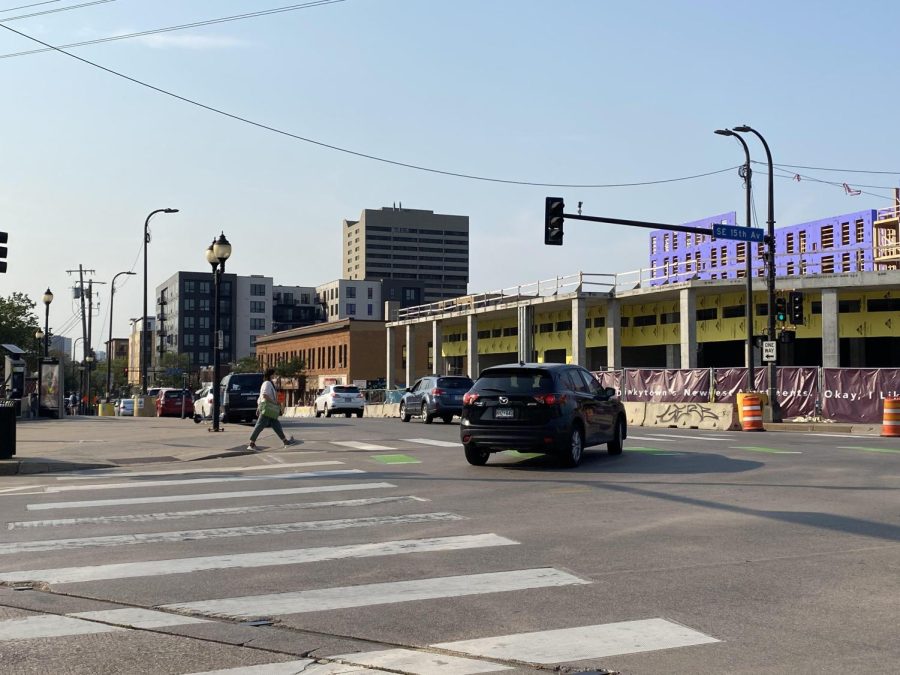
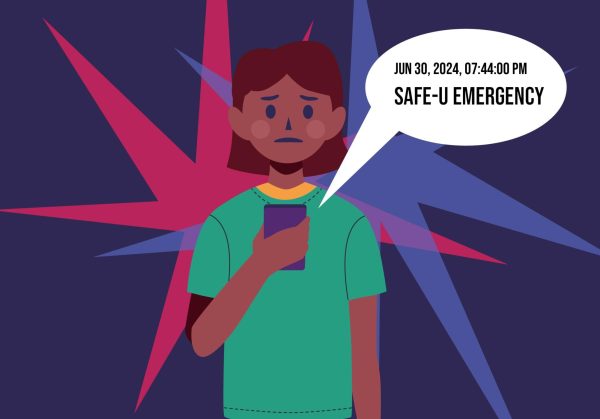


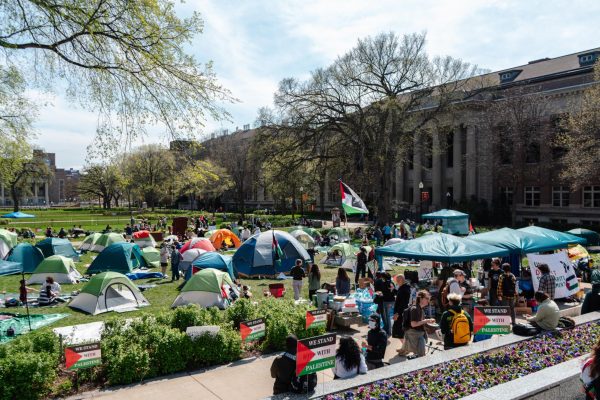

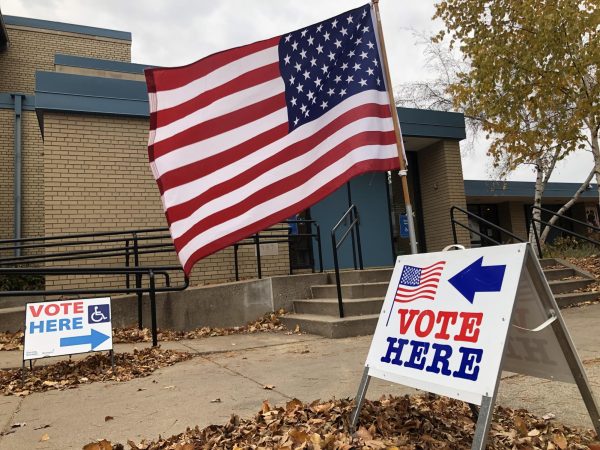
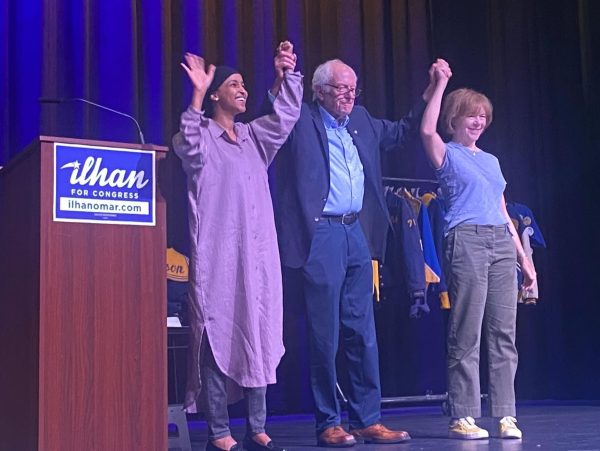

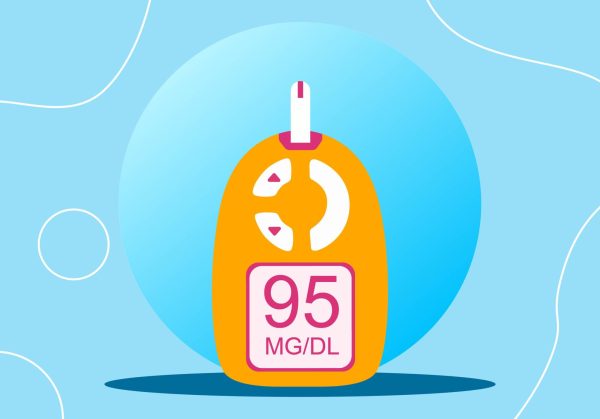
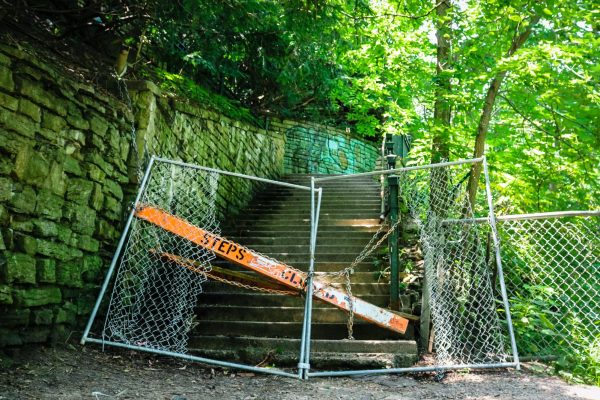
A Gopher
Feb 21, 2023 at 7:16 pm
Start by letting students and staff conceal and carry on campus. CCW license requires a class and background checks so it would at least provide a path for those interested to help protect themselves and the greater community. In my neighborhood, I have used my license to diffuse rioters and prevent a carjacking. It’s time to admit that the police were never meant as a preventative measure, they only respond after an incident has already occurred. We need responsibly armed gophers to meet the demands of a gun-toting society. Does it feel weird? Probably, but less so than getting shot by a bad guy with a gun.